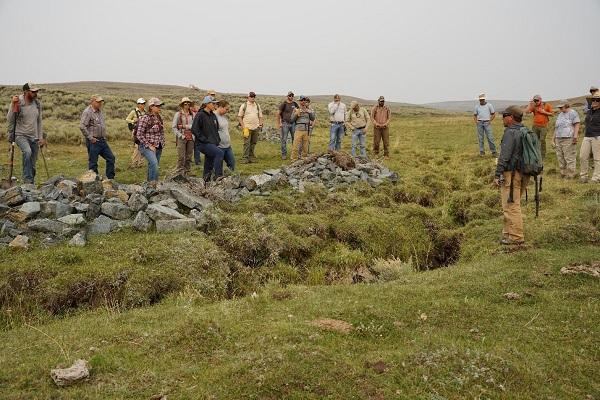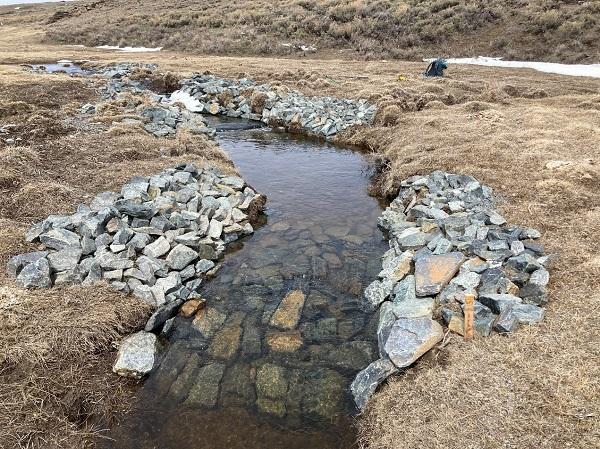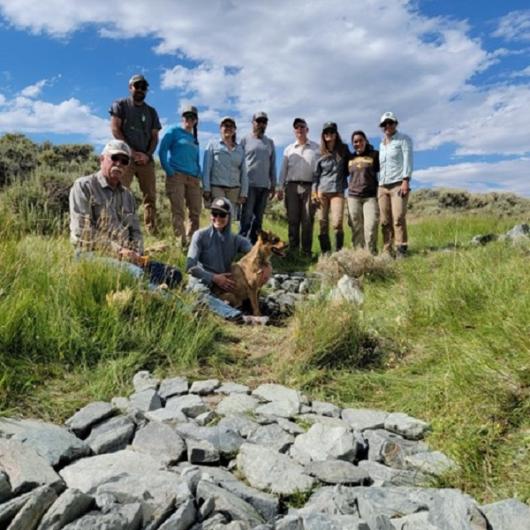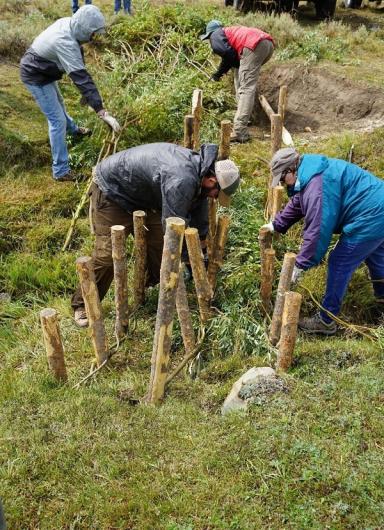Related Stories
- Nine years of partnership pays off: Fitzhugh Creek Meadow restoration achieves dramatic results
- Using science to uncover mysteries of the Mesa archaeological site in Alaska
- Lake Havasu Fisheries Improvement Program is the gift that keeps giving
- BLM is thankful for public lands volunteers
- Lake Havasu Fisheries Improvement Program: Thirty years of stewardship, science, and community
Office
1335 Main Street
Lander, WY 82520
United States
Phone:
Email:




